A 3-year-old sits on the carpet of her preschool classroom building a castle out of wooden blocks—exercising her spatial skills and learning the basic physics concepts of stability and balance. Meanwhile, an undergraduate is building a suspension bridge out of toothpicks and string in her civil engineering course. These students are both engaged in hands-on minds-on learning and are much more likely to retain the content than their peers who were talked at or lectured to. Irrespective of age, people learn best when learning experiences are active, engaged, meaningful, and interactive.
Professor Noah Finklestein, of the Physics Department at the University of Colorado, is working with his colleagues to transform the approach to educating undergraduates. Research suggests that undergrads learn less than 25 percent of basic concepts that they did not already know in introductory physics courses, and they do not see the relevance of the content to their lives. In a move away from the classic lecture format, Dr. Finklestein is using an “interactive-engagement” approach where students work in small groups and apply the content in computer simulations and hands-on activities. The data show that student-learning outcomes of the most seasoned lecturers are equal to the lowest performing interactive-engagement classrooms, and when done well, the interactive-engagement format vastly outperforms the top lecturers with students learning more than double the physics content.
What about elementary school? Only one-third of our nation’s 4th graders are reading at grade level. In response, time spent on literacy instruction is over 2.5 hours per day. But is it helping? A recent report by the Knowledge Matters Campaign and a New York Times article by Professor Daniel Willingham both suggest that it is not. The culprit implicated in both pieces is a lack of a broader knowledge base as reflected in the diminished instructional time spent on science and social studies content—only 90 minutes per week combined. While the 56 percent of class time 3rd grade teachers are spending on literacy instruction are helping children with the structural aspects of reading called coding skills (e.g., sounding out words, grammar, sentence structure), the combined 12 percent of science and social studies instruction is leaving them without the background knowledge required for reading comprehension. A child might be able to sound out words but without the requisite vocabulary and content knowledge, they will not be able to understand the message of the text when the try to convert sound to meaning. Just like the undergraduate physics classrooms discussed above, reading instruction is vastly more effective when it is integrated into engaging content that is meaningful and relevant to children’s lives. Moreover, children are more likely to learn new vocabulary words when they are introduced through active, connected, hands-on learning experiences.
A study by Molly Chilton and Linnea Ehri also makes this point. They taught third graders six unfamiliar verbs presented in either a coherent context—like a birthday party—or as a set of matched but unconnected contexts. Children learned more of the words when they were nested within a theme than when they were more independent. Meaning matters.
The Westchester Public School District in Philadelphia is embracing the idea of meaningfully connected learning experiences by deploying a theme-based playful learning approach in their kindergarten classrooms. In one school, teachers were piloting an integrative program on the weather. One child was the “weather broadcaster” who told us about the impending cold front that was crossing the United States. He then predicted there would be nimbus clouds and precipitation over the next 24 hours. A second child in the group filmed the entire broadcast and provided tips for better presentation. At an adjacent table, children were deeply engaged in a science project where they predicted, and then tested their hypotheses about how many drops of rain it would take to fill a 1-inch vs. 2-inch diameter circle. The vocabulary, “precipitation, cold front, prediction, etc.” was much more sophisticated than that in an average kindergarten classroom and the teachers marveled at the low instance of behavior problems because children were so engaged.
We are undertaking a similar effort in partnership with the Godfrey-Lee Public School District in Michigan. The district seeks to prepare students for college and careers in a 21st century global community. To achieve this end, Godfrey-Lee is adopting a theme-based learning approach across the entire K-12 school system and will define and measure success through a broader suite of skills including children’s ability in collaboration, communication, content (reading, social studies, math, science), creative innovation, critical thinking, and confidence (i.e., the 6 C’s). This approach places math, science, literacy, and social studies content at the center of a larger context in which children actively solve problems, answer questions, and exercise the 6 C’s. Further, teachers exercise their own creativity in a way that benefits students and translates into a reignited passion for teaching. Godfrey-Lee’s small size and demographics—high free lunch; high-majority Latino dual language learners who are the fastest growing population in the United States—position it uniquely to serve as a national model for school districts undertaking this type of transformative effort. The goal is to encourage 21st century learners who are prepared for the workforce of today and the society of tomorrow.
Only when we make learning active, engaging, and meaningful for all students—cradle to college—will school capture children’s interest and attention and produce the outcomes we need for the next generation of citizens to thrive. If we hope to teach in the way that people learn best, we have to shed the dispenser model of education in which teachers, with a fount of knowledge, deliver information passively into the heads of eager students. We must instead embrace a model that is more active, integrated, and knowledge-rich. The science of learning teaches us that learning works best when we connect the dots.
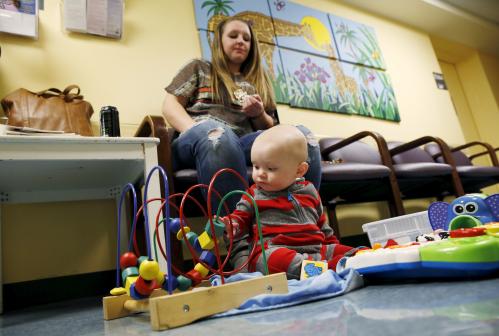
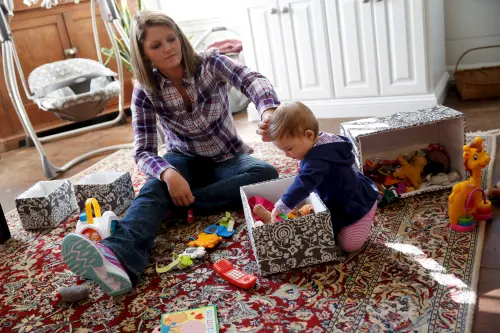
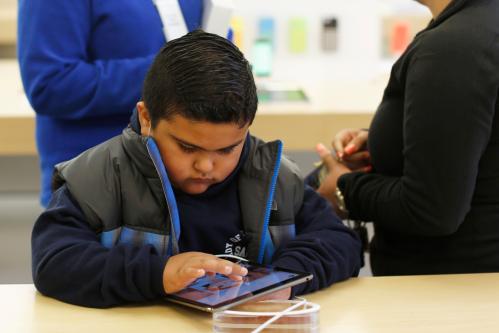
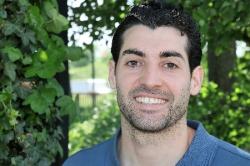
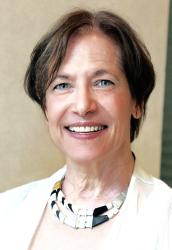



Commentary
Learning about learning: Meaning matters
May 30, 2018